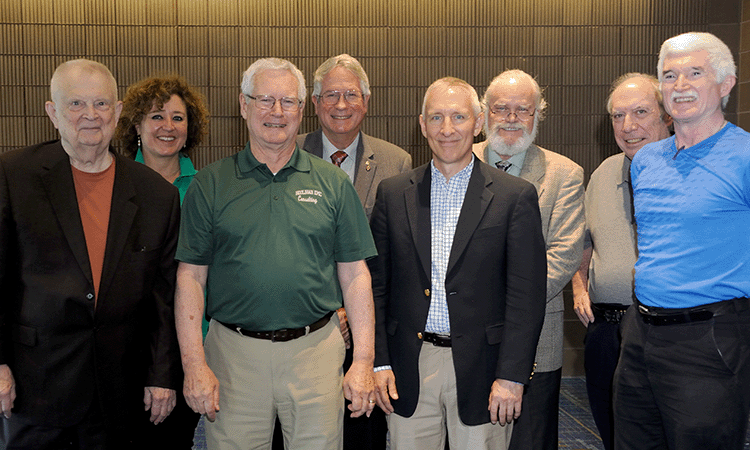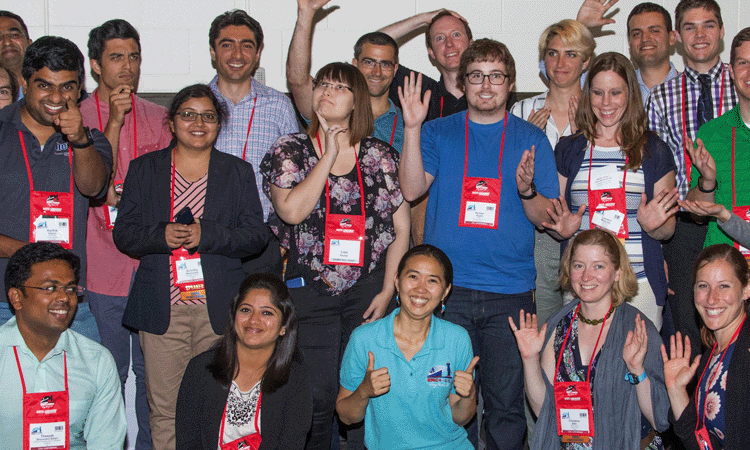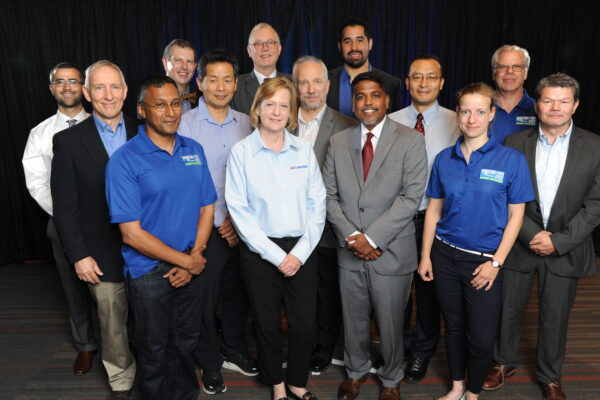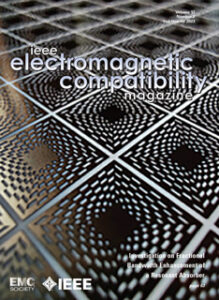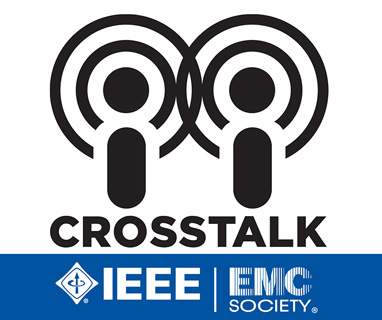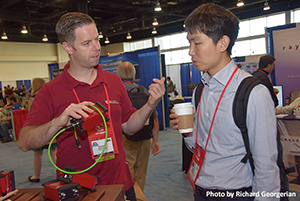
Distinguished Lecturer
Prof. Jianqing Wang
Distinguished Lecturer
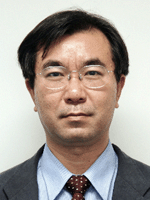
Prof. Jianqing Wang
Term 2023-2024
Talk 1: Wearable Devices EMC.
This talk will first introduce our developed wearable devices such as a wearable electrocardiogram and a wearable robotic hand by combining vital sensors and human body communication technology, The basic EMI mechanism of external electromagnetic field to wearable devices will be clarified from the viewpoint of conversion from common mode to differential mode, and a countermeasure at the design stage will be shown. Moreover, an immunity test system for wearable devices will also be presented.
Talk 2: ESD Test Methods for Electronic Components Used in Automobile Ethernet.
This talk will introduce test methods of common mode choke and ESD suppression device characteristics used in automobile Ethernet. It includes mixed-mode S-parameter measurement, de-embedding, ESD (electrostatic discharge) damage test, TLP (transmission line pulse) saturation test, and the potential for as well as challenges of using a TLP-HMM (human metal model) to replace the usual ESD gun.
Talk 3: Body Area Communications.
This talk will introduce the basic principle and mechanism of body area communications, and provide some examples of its application to on-body communication and in-body communication. It will involve body-area channel modeling, modulation and demodulation, and EMC aspects.turbines (with grounding system interconnection) is presented and analyzed during this lecture. Overvoltage and overcurrent in the form of surges may be the result of electromagnetic traveling waves caused by lightning; these effects may impose additional requirements for the reliable operation of a low voltage and medium voltage grid against surges caused by lightning strikes.






